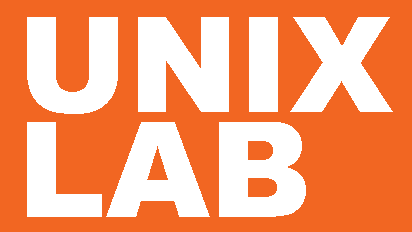Solids Modeling Using Aspen Plus
Course ID : EAP2911
Duration In-class (в days) : 2 days
Duration Online : 2 days
Сurriculum : in-class, Virtual Instructor-Led Training - ONLINE
Delivery
:
02.06.2025 - 03.06.2025
Price : $ 1290
Overview
Become proficient in modeling processes containing solids handling equipment. Determine optimal process conditions for new or existing solids processes. Support troubleshooting and de-bottlenecking of solids processes.
The original description of the course on the AspenTech website
Audience for this course
-
- Process Engineers and Particle Scientists who will be modeling solids processes
- Engineers and Managers involved in developing and designing solids handling processes
- Anyone interested in solids modeling
Objective
Prerequisites for this course
Outcomes
-
- Gain the practical skills and knowledge to begin modeling new and existing solids processes
- Learn practical techniques for building and troubleshooting solids models
- Reduce process design time by testing various plant configurations
Outline
- Introduction to Solids Modeling
-
- Recognize the importance of solids modeling in industry
- Understand the differences between modeling solids and fluids
- Review applications of Aspen Plus solids unit operations
- Demonstrate how to access literature on processes with solids in Process Manual from Aspen Plus
2. Solids Components
-
- Review the types of solid components in Aspen Plus
- Recognize the required physical properties for modeling Conventional Inert and Non-Conventional solids
- Explore property model options for solids
- Recognize if required properties are available in databanks
- Demonstrate how to enter non-conventional solid components (like wood pulp and coal) in simulation
- Workshop: Enter solid components and determine available properties for a solids process flowsheet
3. Solids Streams
-
- Identify and explain the concept of stream classes in Aspen Plus
- Discuss how stream classes are used to carry solids attributes
- Identify how to account for moisture in solids
- Demonstrate how to create stream classes and apply to a flowsheet section
- Workshop: Assign stream classes to flowsheet sections of a solids dryer flowsheet
4. Particle Size Distribution (PSD)
-
- Discuss how to track PSD and average particle sizes
- Create PSD Meshes and use PSD functions
- View PSD graphically with plots
- View additional PSD values using Property Sets
- Workshop: Create a PSD mesh and use a PSD function to define a PSD for a urea granulation flowsheet and individual stream
5. Solids Unit Operation Models Overview
-
- Differentiate between Simulation and Design modes
- Discuss use of rigorous versus short-cut calculation methods within each unit operation
- Review the different unit operation models available for solids modeling
- Demonstrate a Screen application using multiple solid substreams
- Workshop: Explore unit operation model modes (Simulation vs Design) and methods (Rigorous vs Conceptual) using a Cyclone model
6. Urea Process Model
-
- Review a Urea overall process
- Discuss the unit operations used to model the granulation process
- Workshop: Create and run a simple urea granulation process flowsheet containing a granulator, screen and crusher unit operations
7. Results Characterization and Optimization
-
- Review stream and block results for solids processes in Aspen Plus
- Graphically review results using PSD and Separation Efficiency plots
- Enhance results using Custom Tables to view key operating parameters
- Workshop: Explore and enhance the results of the urea granulation process flowsheet created in the previous module. Use Sensitivity Analysis to minimize recycle solids flow.
8. Drying Process Models
-
- Discuss modeling of dryer and dryer model types in Aspen Plus
- Understand how to generate a normalized drying curve
- Discuss belt dryer and fluidized bed dryer operations.
- Demonstrate modeling of multi-stage Belt dryer
- Demonstrate modeling of multi-stage fluidized bed dryer
- Workshop: Complete and run a single-stage Belt Dryer Process model
- Workshop: Complete and run a single-stage Fluidized Bed Dryer Process model
9. Solids Reactors
-
- Explain how to simulate reactions involving solids using RSTOIC, RYIELD, RCSTR and RGIBBS models
- Learn how to specify reactor product particle size distribution (PSD)
- Workshop: Setup a model for the synthesis of ammonium phosphate for fertilizer production
10. Fluid Bed Reactor Process Model
-
- Discuss the Fluid Bed solids unit operation model
- Demonstrate how to add reactions to the Fluid Bed model
- Workshop: Complete and run a Fluid Bed Reactor Process workshop
11. Pneumatic Conveying
-
- Classify the pneumatic conveying processes and modes, for modeling in Aspen Plus
- Explore the details of using pipe and pipeline unit operations for pneumatic conveying modeling
- Demonstrate modeling of a Pneumatic Conveying process
- Demonstrate accessing literature on pneumatic conveying in Process Manual from Aspen Plus help menu




